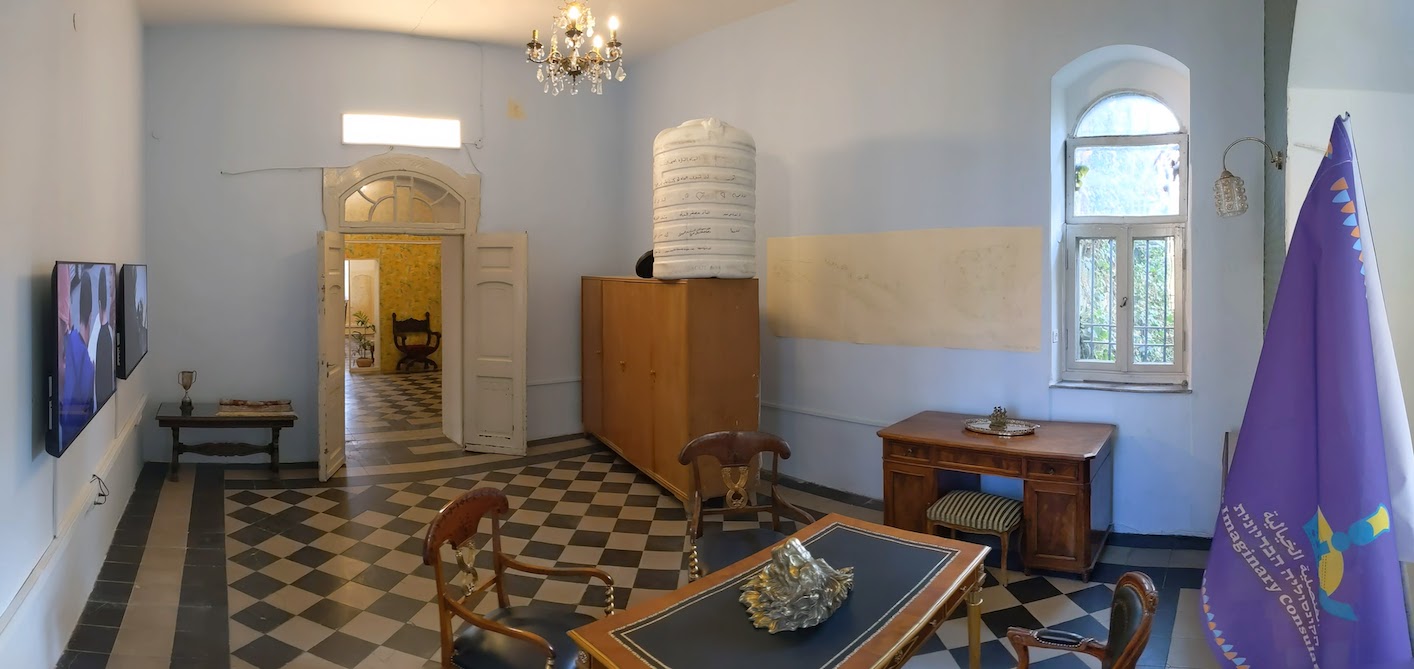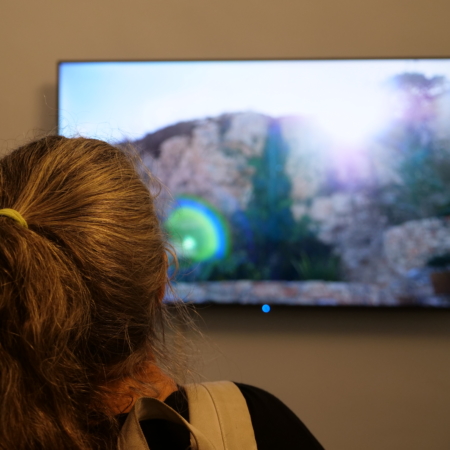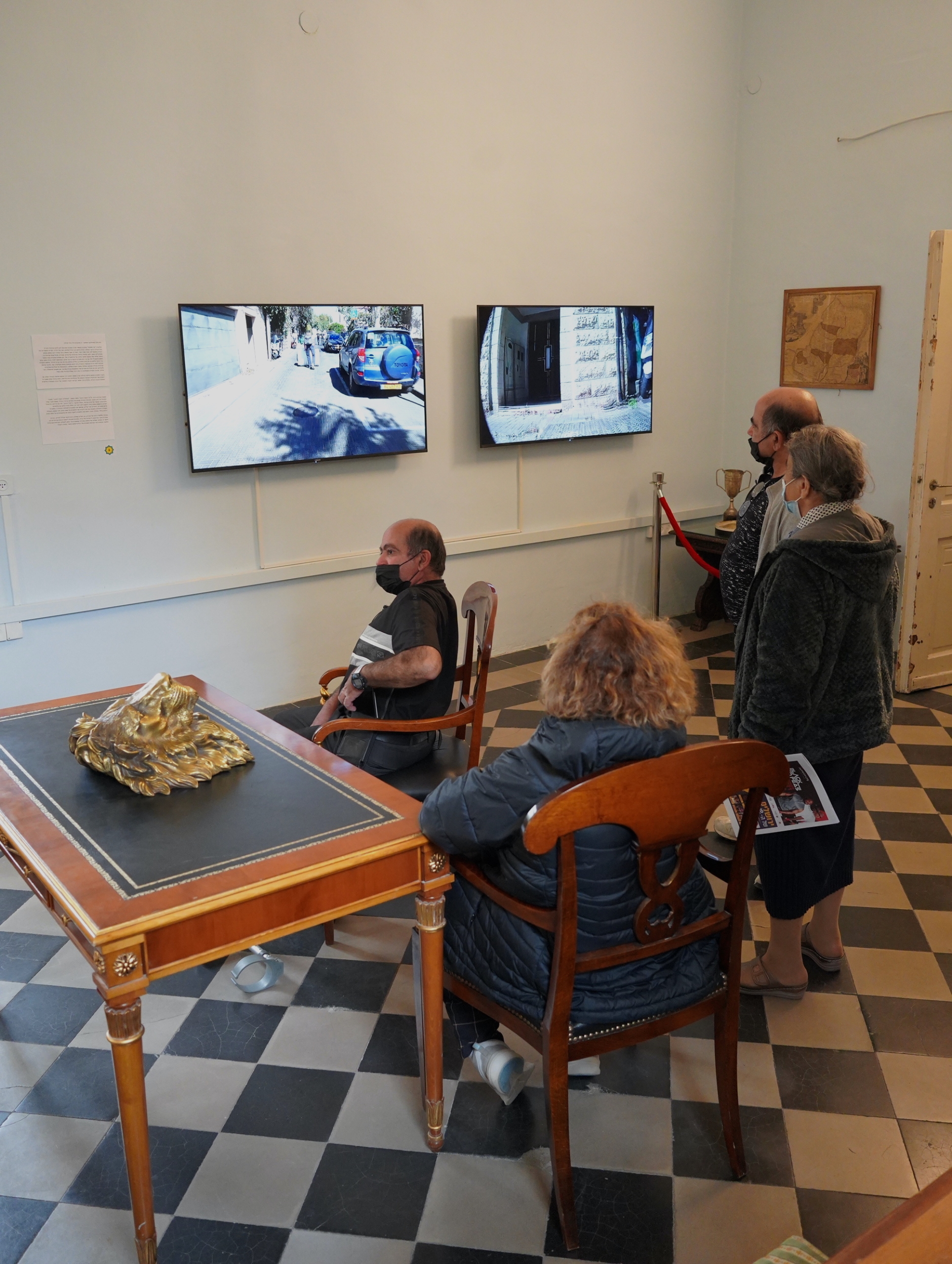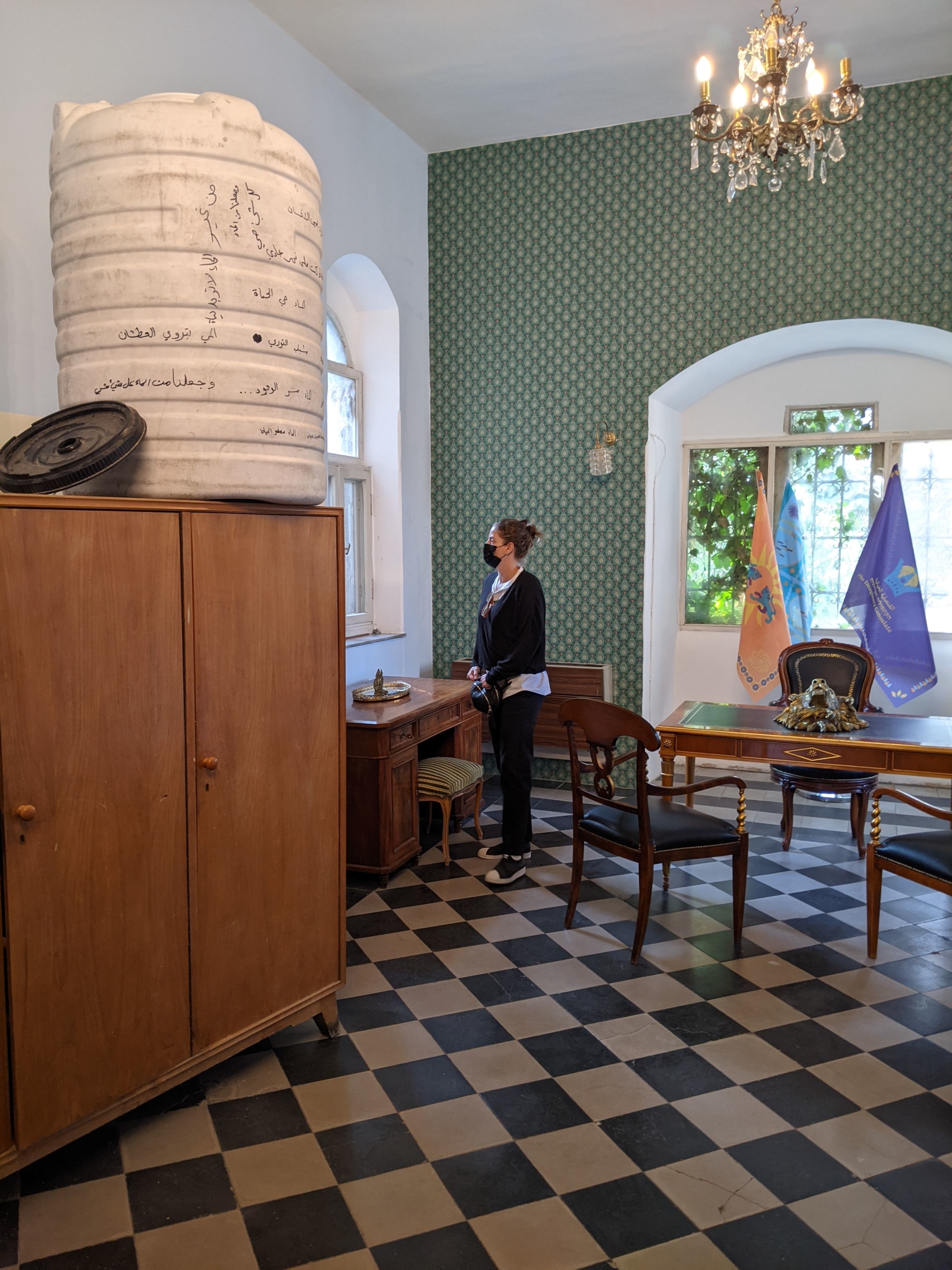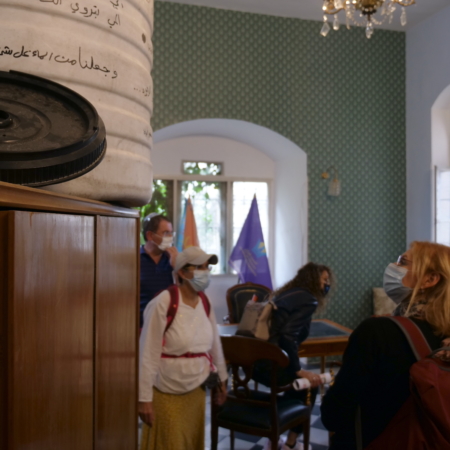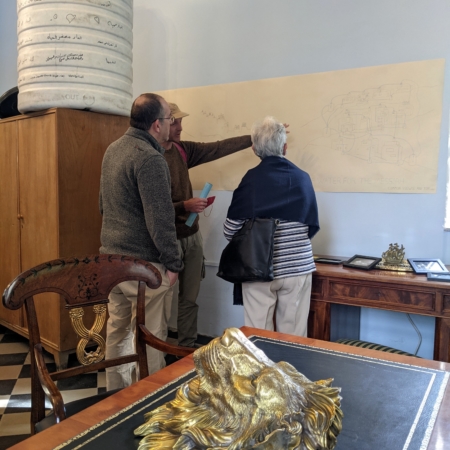A Cup of Water for the Messiah
Site-Specific Installation
The installation A Cup of Water for the Messiah, addressing inequity in resource distribution, civic inequality and future social-ecological perspectives, was created for The Make-Believe Consulate show in Abu Tor, Jerusalem. The piece is part of the Common Views art initiative, in collaboration with fellow artist David Behar Perahia.
Jerusalem’s Abu Tor neighborhood is historically divided between the city’s east and west, a boundary line that indicates a distributional inequality of rights and resources. The artists spent a period in Abu Tor, speaking to residents about local social and ecological concerns and the theme of water as a reflection of these inequalities, and as a source for visioning an alternative common future.
In the past, there had been a communal exchange around water resources and shared use of cisterns. Over the years and with the introduction of modern water technologies, water cisterns, which were used for storing rainwater, were abandoned in favor of pipes and water tanks.
The house at 4 Ein Rogel Street, site of The Make-Believe Consulate show, demonstrates a unique architectural approach that characterized construction in the area a century ago, based on an environmental perception of living space. This is an integrative environmental approach that has all but disappeared in the last hundred years. Today, global climatic processes, as well as regional processes of increasing warming and desertification, raise the question of how space, environment, and living intertwine. Additionally, the house had served initially as the Iranian Consulate in Jerusalem during the period of the British Mandate in Palestine, leading the artists to frame the local state of friction and conflict in Abu Tor and Jerusalem within the context of the regional as well as global geopolitical dynamics concerning the exploitation and distribution of resources.
As a tribute to its glorious past the artists created a Consulate of Good Counsel in the house’s “Green Room” – a representation of a planning, environmental and social vision that examines space with an inclusive vision and strives for a possible alternative future. The space housed the installation with performative, visual, and audio elements that exposed visitors to this conceptual activity. A video performance diptych, depicting the artists touring the neighborhood and inviting residents to reflect their thoughts about water in writing on to a large water tank, formed the core of the installation.

